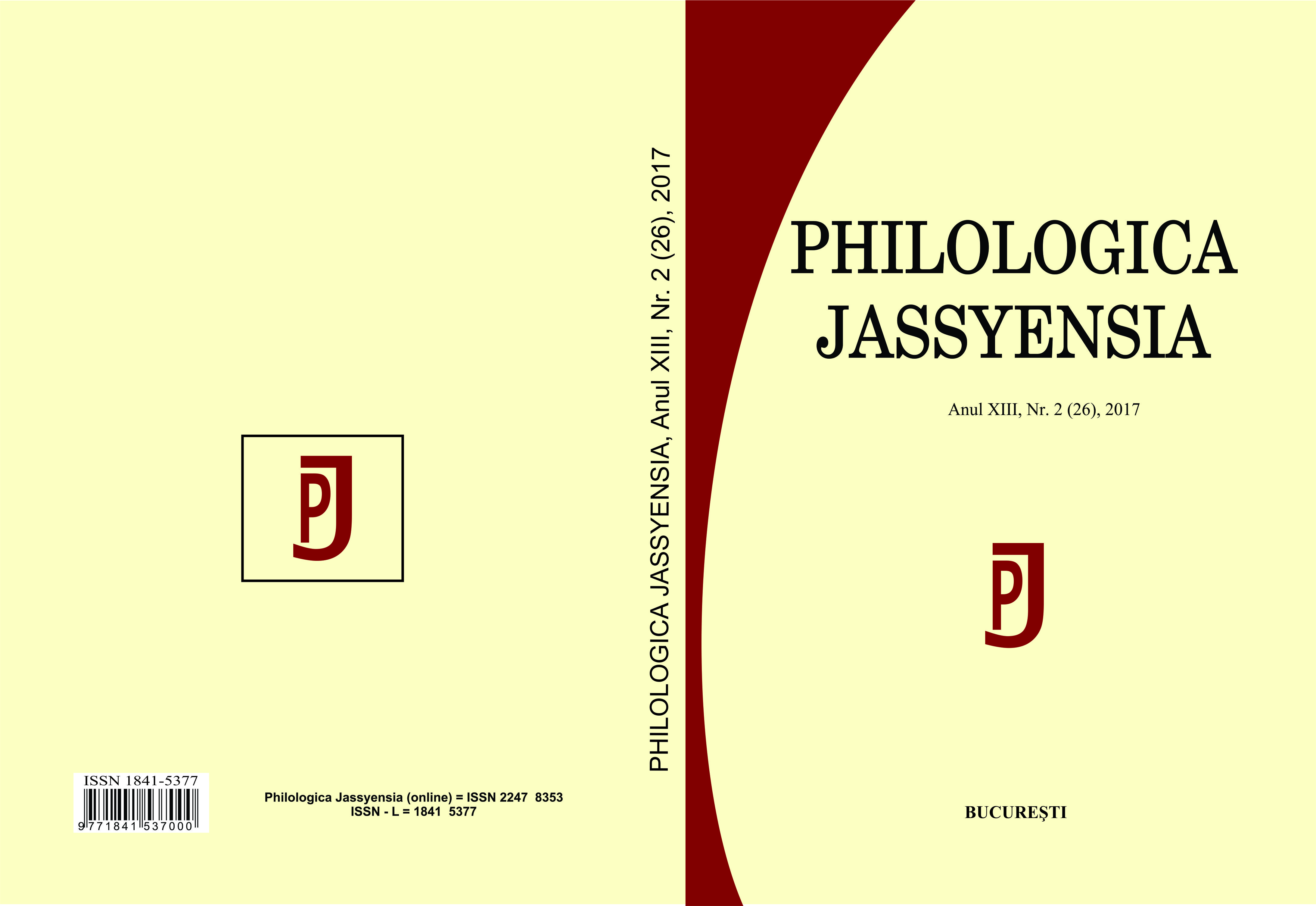Toponimul Iaşi. Probleme de etimologie și pronunție
The Toponym Iaşi. Etymology and Pronunciation
Author(s): Dinu MoscalSubject(s): Language and Literature Studies
Published by: Editura Tracus Arte
Keywords: Romanian toponymy; Iași; etimology; pronunciation
Summary/Abstract: The study examines the etymology of the Romanian toponym Iași, the name of the former capital of Moldavia (1564–1859), situated along the Bahlui River. Based on historic information, our observations aim at discussing and completing the current linguistic argumentation. Although the discussion on pronunciation is implicit within the etymological analysis, we have also presented it in relation to the contemporary linguistic norms. Firstly, we have provided a short presentation of some improbable etymologic solutions suggested so far, together with some critical remarks. Subsequently, we have presented a detailed analysis of the existing etymologic hypothesis: a) the anthroponym-based etymology (Iaș); b) the ethnonym-based etymology (ias/ iasi ʻAlan/ Alans’). Linguists only mention the first hypothesis as a possibility. However, it has been embraced by certain historians and turned into a probability, although it lacks both historic (the first attestation of the anthroponym Iaș is late, dating back to 1609) and linguistic arguments (no conditions are met for a direct plural). The linguistic analysis of the toponym Iași disproves the hypothesis on the existence of an anthroponym-based etymon, while it confirms the opinion related to the ethnonym-based etymon. Terefore, on the one hand, like in the case of homonym Romanian oikonyms, the oikonym Iași has a primary toponym status (i.e. is not derived from another toponym). Also, none of the Iași oikonyms is based on a word or a toponymic collocation that would indicate its relation to a person (named Iaș). In the case of the toponym denominating the town along the Bahlui River, an extra argument is the existence of its toponymic field. Another important argument is related to its first attestations in the Slavic-Romanian documents. Attestations dating from the 15th century indicate a plural form, the prevalent form of the locative being u ÆsΣx. The few existing exceptions can be explained by the clerks’ deficient knowledge the Slavic language. The plural form supports the hypothesis of ethnonym-based etymology, namely the plural of the Old Russian ethnonym iasy ʻAlans’. As far as pronunciation is concerned, we have discussed the case of the singular form receiving the definite article: Iașul (regional) or Iașiul (literar).
Journal: Philologica Jassyensia
- Issue Year: XIII/2017
- Issue No: 2 (26)
- Page Range: 105-119
- Page Count: 15
- Language: Romanian

